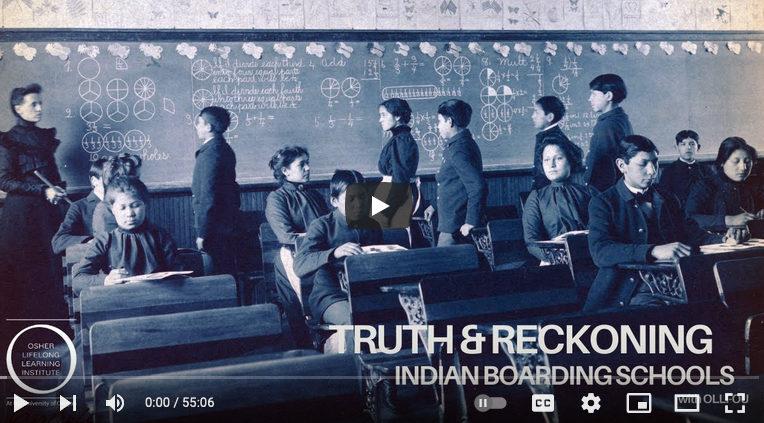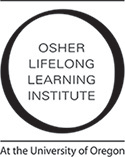Friday Talks with Deschutes Public Library
Friday, July 18, 2025
OLLI-UO in Central Oregon is partnering with Deschutes Public Library to offer free public lectures at the Downtown Bend Library on select Fridays throughout the year. All lectures will take place in the Brooks Room. Registration is not required. Central Oregon members are encouraged to invite guests!

Dark Sky Preservation in Oregon
Friday, July 18, 10:00–11:30 a.m.
DESCRIPTION
Every day needs a night. Life on Earth evolved under a regular cycle of dark nights and bright days–a rhythm that is encoded in all living things. We need light at night for human activity, but poorly designed artificial light at night is a wasteful pollutant and has serious impacts on natural ecosystems and on our own human health. Join Dr. Bill Kowalik, Chairperson of DarkSky Oregon, for a thought-provoking presentation illustrating the increasing levels of light pollution across the state. Dr. Kowalik also highlights a hopeful trend: communities, parks, and regions are beginning to recognize the ecological and economic value of preserving dark skies.
ABOUT THE PRESENTER
Bill Kowalik, received his B.S. in Earth and Planetary Sciences from the University of Pittsburgh, an M.S. in Geology from Pennsylvania State University and his Ph.D. in Applied Earth Sciences from Stanford. He is a founding board member and current Chairperson of DarkSky Oregon, an organization dedicated to preserving “Oregon’s magnificent dark skies” and diminishing “light pollution for the health, safety, and well-being of all life.” Originally from Pennsylvania, Dr. Kowalik has lived in Virginia, Colorado, California, Western Australia and now resides in Bend. Bill has 35 years of industry experience in remote sensing, exploration and technology development.


